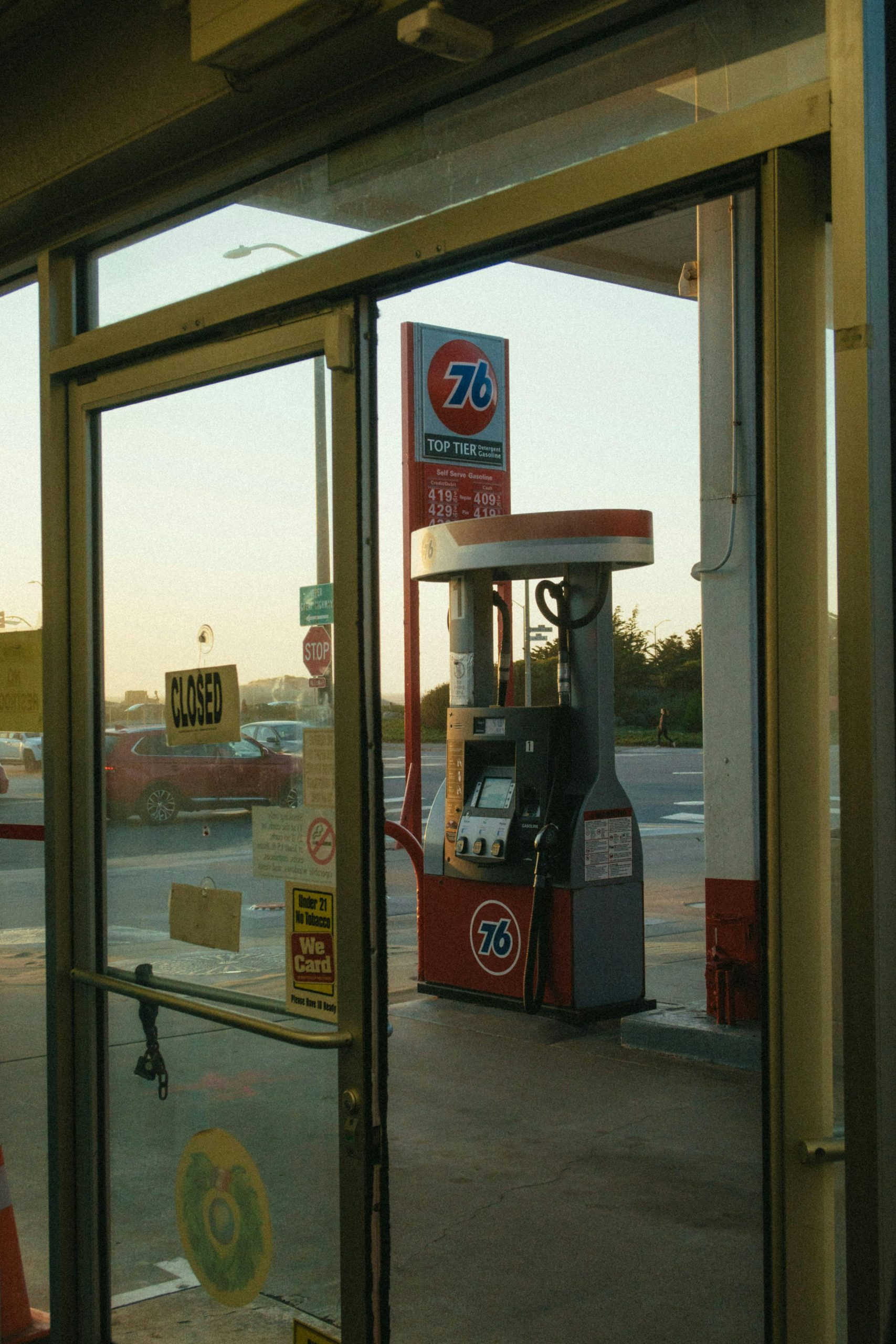Understanding Insurance Claims: Deer-Related Accidents
Navigating the complexities of insurance claims can be challenging, even for those with experience in the industry. While browsing through forums, I came across an interesting discussion about how insurance policies categorize accidents involving deer. It seems that there is some confusion surrounding this topic, so let’s clarify the distinction.
You might be wondering how insurance typically handles incidents involving deer. In my experience as an insurance professional for over two years, I have found that these claims break down as follows:
-
When Your Vehicle Collides with a Deer: This type of accident is generally considered a comprehensive claim. Essentially, if a deer runs into your path and your vehicle sustains damage from the impact, comprehensive coverage usually applies. This is because the accident is seen as an unavoidable event caused by the animal itself.
-
When You Collide with an Object to Avoid a Deer: On the other hand, if you swerve to avoid hitting a deer and end up damaging your vehicle by hitting another object, this is typically classified as a collision claim. The reasoning here is that the damage results from your vehicle colliding with something other than the animal itself—often an attempt to avoid an accident.
It’s important for drivers to understand these distinctions because they affect how claims are processed and how deductibles are applied. Consider reviewing your policy details to see how your coverage addresses these specific scenarios.
Feel free to share your experiences or ask questions in the comments below—we’re here to help unravel the complexities of insurance language together!




Based on your comment and the image you’ve provided, it seems you are trying to classify an insurance claim situation between comprehensive and collision coverage, which is a nuanced and important topic for vehicle insurance.
To clarify, comprehensive and collision coverages address different scenarios:
Comprehensive Coverage: This type of insurance is designed to cover damage to your vehicle caused by incidents that are not collisions. Common examples include theft, vandalism, natural disasters, and, pertinent to your question, striking an animal like a deer. So, if you hit a deer directly, comprehensive coverage is the right classification because the incident is considered an “act of nature” or outside the driver’s control. Comprehensive is less about what you could do to avoid the incident and more about the type of event that occurred.
Collision Coverage: This coverage is used when your car is damaged in a traffic accident. Typically, it’s applied when your vehicle hits or is struck by another vehicle or object, irrespective of whether you were at fault. In the scenario where damage occurs because you swerve to avoid a deer and hit an object like another vehicle, tree, or guardrail, this situation would typically fall under collision coverage. The logic here is that your maneuver (swerving to avoid the animal) led directly to the accident.
Given the above, your initial classification aligns well with standard practices for these insurance types. This distinction is crucial for drivers to understand since it influences how claims are processed and the coverage limits and deductibles they might have to deal with.
For anyone working in insurance or possessing a policy, here are a few practical tips to keep these coverages clear:
Review Policy Documentation: Regularly review your insurance policy documents to ensure you understand the specific definitions and coverage limits of comprehensive versus collision insurance. Policies can vary based on the provider, and staying informed can prevent misunderstandings.
Educate Policyholders: For those in the industry, educating policyholders on these differences can minimize confusion. Using real-world scenarios to explain when each coverage type applies can be highly effective.
Consult Agents: When in doubt, consult with an insurance agent. They can provide clarification and ensure that drivers know how different situations might be covered, which can be particularly valuable in borderline cases.
This knowledge not only helps in handling claims properly but also empowers customers to make informed choices about their coverage needs, potentially saving them from unexpected expenses.